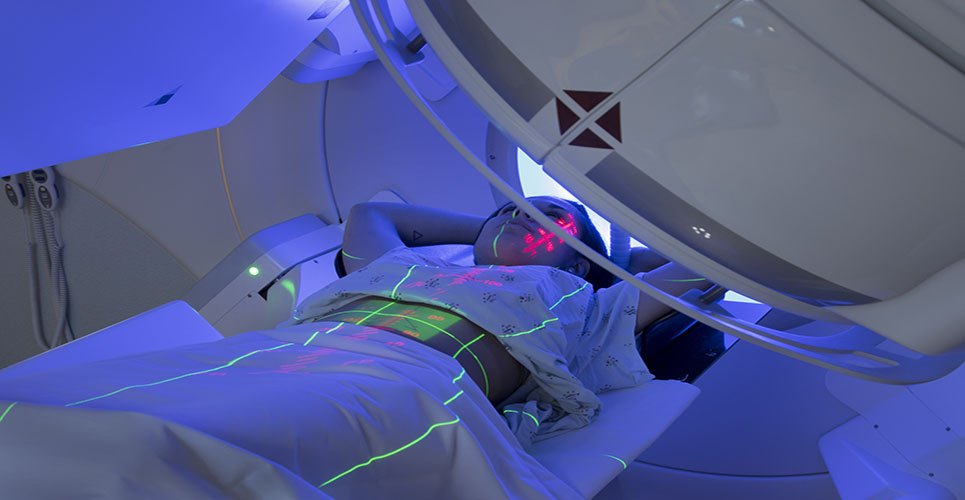teaser
The dynamics of the European market for non-Hodgkin’s lymphoma drugs are set to change with the anticipated launch of drugs now in phase III, according to a market research analyst.
Ranjith Gopinathan, of consultancy Frost & Sullivan, noted that the European non-Hodgkin’s lymphoma (NHL) therapeutics market had been monopolised by the chimeric monoclonal antibody MabThera® (rituximab) for several years.
MabThera is marketed by Roche in the EU.
Mr Gopinathan said that while chemotherapy with the CHOP (cyclophosphamide, hydroxydaunorubicin, oncovin, prednisone/prednisolone) regimen was the major treatment for all forms of NHL, this was highly genericised with limited prospects for revenue growth.
In a report, European Non-Hodgkin’s Lymphoma Therapeutics Markets, Frost & Sullivan said the market earned $2.2bn in 2006 and estimated this would reach $7.2bn in 2013.
Mr Gopinathan noted: “The relapsing nature of NHL is creating the need for new therapeutic options.
“Though MabThera is very popular and has gained widespread acceptance, there still exists a high unmet need among NHL patients.”
He said some 1.75 million people worldwide had NHL. The risk of developing the disease increased with age, so rising life expectancy across Europe was leading to growing demand for treatments.
He said MabThera was projected to retain its market leadership position over the next five to six years.
Most drugs in the pipeline were being positioned as add-on combination therapies with MabThera or CHOP.
The market was poised to accelerate from 2012 onwards, pushed by several promising drugs currently in phase III.
“Add-on drugs, in combination with MabThera or chemotherapy, are a prospective market driver,” Mr Gopinathan stated.
“For instance, Favrille expects Favid® to be a blockbuster when approved for commercialisation.”
However, most research-based biotech firms were facing considerable losses.
Moreover, stringent clinical and regulatory requirements could curb potential returns from biotechnology products.
For such firms, difficulties in securing resources to fund clinical trials would delay the development process and extend the time to market.
Some companies were facing mounting operating expenses due to high research investment, and any regulatory setback could jeopardise their business sustainability.
Additionally, Mr Gopinathan said most oncologists were satisfied with rituximab and might not feel the need to replace it entirely with new drugs.
Hence, combination drugs with rituximab or CHOP would gain easier acceptance among oncologists and patients.
Mr Gopinathan said: “Big pharma should look for strategic alliances or acquisition of promising pipeline drugs. Small-sized biotechnology companies should focus on research and finding a suitable marketing partner.”

